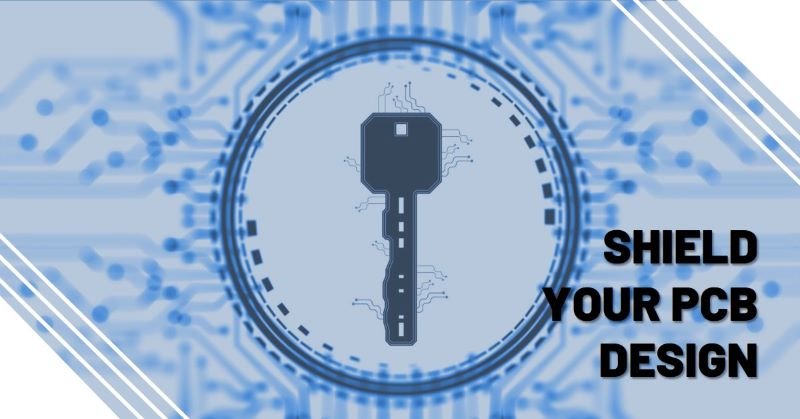In PCB design from manufacturers there are a few important steps you can take to ensure the confidentiality and integrity of your intellectual property. In this blog post we will discuss some strategies and best practices that you can implement to safeguard your PCB design throughout the manufacturing process.
Non-Disclosure Agreements (NDAs)
Before sharing sensitive information like PCB designs, it’s wise to set up legal protection. Non-disclosure agreements (NDAs) are contracts that stop manufacturers from sharing or misusing confidential info. NDAs lay out confidentiality terms, legally stopping unauthorized sharing or copying of your PCB design.
Selective Manufacturer Vetting
Choosing a reputable manufacturer is pivotal in safeguarding your PCB design. Conduct thorough research into the manufacturer’s reputation, security protocols, and previous client experiences. Opt for manufacturers with established track records of maintaining confidentiality and adhering to stringent security measures. Additionally, consider certifications such as ISO 27001 for information security management systems, which signal a manufacturer’s commitment to data protection.
Encryption and Obfuscation Techniques
Employ encryption and obfuscation techniques to render your PCB design indecipherable to unauthorized parties. Encrypt sensitive data within the design files using robust encryption algorithms, ensuring that only authorized personnel possess the decryption keys. Additionally, utilize obfuscation techniques such as code scrambling or data masking to obscure critical components of the design, thwarting reverse engineering attempts by malicious actors.
Secure Data Transfer Protocols
Secure data transfer protocols are imperative for transmitting PCB design files to manufacturers securely. Utilize encrypted communication channels, such as secure file transfer protocols (SFTP) or virtual private networks (VPNs), to safeguard the confidentiality and integrity of your data during transit. Implement multi-factor authentication mechanisms to authenticate users and prevent unauthorized access to design files throughout the transfer process.
Trusted Third-Party Verification
Engage trusted third-party entities to verify the integrity and security of the manufacturing process. Independent auditors or security firms can conduct comprehensive assessments to ensure that manufacturers adhere to agreed-upon security protocols and protect confidential design information. Regular audits and verification processes serve as proactive measures to detect and mitigate potential vulnerabilities within the manufacturing ecosystem.
Fragmented Manufacturing
Consider fragmenting the manufacturing process across multiple facilities or geographic locations to mitigate the risk of intellectual property theft or unauthorized replication. By dispersing manufacturing tasks among different entities, you minimize the likelihood of a single point of failure compromising the entire design. Additionally, implement stringent access controls and compartmentalize sensitive information to restrict access only to individuals directly involved in specific manufacturing stages.
Final Words
Protecting your PCB design from manufacturers requires a multi-faceted approach encompassing legal, technical, and procedural measures. By implementing strategies such as non-disclosure agreements, selective manufacturer vetting, encryption, and secure data transfer protocols, you can fortify the confidentiality and integrity of your design throughout the manufacturing process. Moreover, leveraging trusted third-party verification and fragmented manufacturing techniques enhances resilience against potential threats. As technology continues to advance, staying vigilant and proactive in safeguarding your PCB design remains paramount in today’s competitive landscape.

